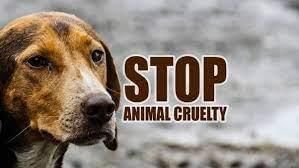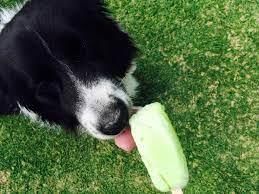The Donkey Class 4 Worksheet English
Q1: Fill in the Blanks.
(i) If I had a __________ and he wouldn't go, Would I wallop him? No, no, no.
Ans: donkey
(ii) To make the donkey the best, I'd find a little ________ and give him some ________.
Ans: hay, corn
(iii) A donkey that gets hay and corn would be the best donkey that ever was ________.
Ans: born
Q2: True or False.
(i) Treating the donkey kindly will make him the best.
Ans: True
(ii) Giving hay and corn to the donkey is not important.
Ans: False
(iii) It's okay to be cruel to animals.
Ans: False
(iv) The poem suggests that hitting the donkey will make him obedient.
Ans: False
(v) Animals respond positively to care and kindness.
Ans: True
Q3: Rhyming Words.
Q3: Write down three rhyming words for each of the following:
(i) Go
Ans: show, know, throw
(ii) Corn
Ans: torn, worn, born
(iii) Born
Ans: torn, scorn, horn
Q4: Multiple Choice Questions.
(i) What would you do if your donkey wouldn't go?
(a) Wallop him
(b) Give him hay and corn
(c) Ignore him
(d) Sell him
Ans: (b)
(ii) According to the poem, what would make the donkey the best?
(a) Riding him every day
(b) Feeding him chocolates
(c) Giving him hay and corn
(d) Letting him roam freely
Ans: (c)
(iv) The poem teaches us to treat animals with:
(a) Cruelty
(b) Kindness
(c) Ignorance
(d) Fear
Ans: (b)
(v) The poem suggests that if you treat the donkey well, he will become:
(a) A horse
(b) The best donkey
(c) Stubborn
(d) Angry
Ans: (b)
(vi) What is the main message of the poem?
(a) Donkeys are lazy animals
(b) Treating animals kindly brings out their best
(c) Donkeys should be ignored
(d) Animals can't be trained
Ans: (b)
Q5: Short Question Answer.
(i) According to the poem, how would you make a donkey the best?
Ans: By giving the donkey hay and corn.
(ii) What are two things the speaker would give the donkey to improve its behavior?
Ans: Hay and corn.
(iii) Why is it important to treat animals kindly?
Ans: Treating animals kindly is important because it brings out their best behavior and creates a positive relationship between humans and animals.
(iv) What is the suggested alternative to hitting the donkey?
Ans: Finding a little hay and giving him some corn.
(v) How does the poem teach us about the relationship between care and behavior?
Ans: The poem teaches us that treating animals with care and kindness can improve their behavior and create a better bond between humans and animals.
|
20 videos|224 docs|41 tests
|
FAQs on The Donkey Class 4 Worksheet English
| 1. What is the main theme of the article "The Donkey Class"? |  |
| 2. How does the article highlight the issue of educational inequality? |  |
| 3. What does the term "Donkey Class" refer to in the article? |  |
| 4. How does the article suggest addressing the issue of educational inequality? |  |
| 5. What can individuals do to support the cause highlighted in the article? |  |
















